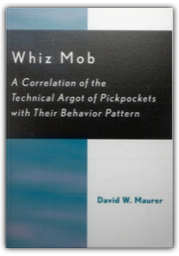
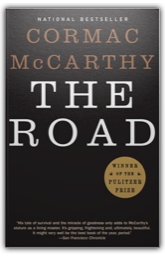
Best known for his Border Trilogy, hailed in the San Francisco Chronicle as "an American classic to stand with the finest literary achievements of the century," Cormac McCarthy has written ten rich and often brutal novels, including the bestselling No Country for Old Men, and The Road. Profoundly dark, told in spare, searing prose, The Road is a post-apocalyptic masterpiece, one of the best books we've read this year, but in case you need a second (and expert) opinion, we asked Dennis Lehane, author of equally rich, occasionally bleak and brutal novels, to read it and give us his take. Read his glowing review below. —Daphne Durham 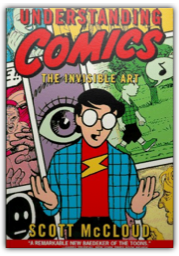
A comic book about comic books. McCloud, in an incredibly accessible style, explains the details of how comics work: how they're composed, read and understood. More than just a book about comics, this gets to the heart of how we deal with visual languages in general. "The potential of comics is limitless and exciting!" writes McCloud. This should be required reading for every school teacher. Pulitzer Prize-winner Art Spiegelman says, "The most intelligent comics I've seen in a long time." 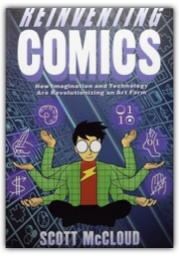
Scott McCloud's Reinventing Comics, the sequel to his groundbreaking work Understanding Comics, is a study of two revolutions: a failed one and a potential one. His 1993 book was not only a chronicle of the potential breakthrough of comics (which he redefined as "sequential art") into a legitimate art form but a sterling example itself of the medium's astonishing untapped potential. Now, seven years later, he chronicles the failure of the comic book industry to fulfill that promise, but also explores how the movement can be restarted, particularly by utilizing the resources of another spectacularly successful revolution, the Internet. In the first half of Reinventing Comics, an elegantly clean example of comic art in McCloud's trademark bold black-and-white style, the author outlines how hype, speculation, and artistic burnout led to the genre's decline. He then lays out 12 paths toward a new revolution of comics, including creators' rights, industry innovation, public perception, gender balance, and diversity of genre, which are then explored with such innovative intelligence that, as with his earlier work, the conclusions he comes to are fascinating for both artists and nonartists alike. 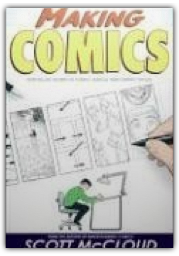
Scott McCloud's Understanding Comicswas published in 1993, just as "Comics Aren't Just for Kids Anymore!" articles were starting to appear and graphic novels were making their way into the mainstream, and it quickly gave the newly respectable medium the theoretical and practical manifesto it needed. With his clear-eyed and approachable analysis—done using the same comics tools he was describing—McCloud quickly gave "sequential art" a language to understand itself. McCloud made the simplest of drawing decisions seem deep with artistic potential. |
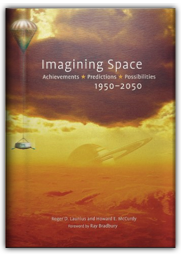
Imagining Spaceis a lovely coffee-table collection of artists' renderings, photographs, and schematics, along with a comprehensive history of the human effort to explore space and a look at what's ahead. Starting with paintings from the 1950s of what vehicles and their destinations might look like, and zooming through the decades to fantastic renderings of upcoming space technology, NASA historian Roger D. Launius and American University professor Howard E. McCurdy offer a fascinating overview of the promise of the final frontier. 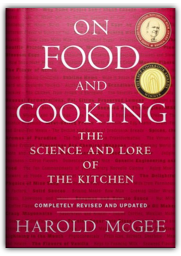
A classic tome of gastronomic science and lore, On Food and Cookingdelivers an erudite discussion of table ingredients and their interactions with our bodies. Following the historical, literary, scientific and practical treatment of foodstuffs from dairy to meat to vegetables, McGee explains the nature of digestion and hunger before tackling basic ingredient components, cooking methods and utensils. He explains what happens when food spoils, why eggs are so nutritious and how alcohol makes us drunk. As fascinating as it is comprehensive, this is as practical, interesting and necessary for the cook as for the scholar. 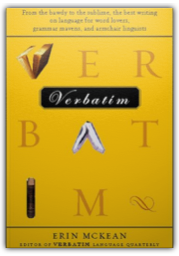
Verbatim, says the language quarterly's editor, Erin McKean, is "a magazine about all of the fun parts of English and linguistics, written for people who don't necessarily have a Ph.D." This collection of pieces culled from the quarterly is like a candy shop for word lovers. John Tittensor writes about unfortunate last names, Philip Michael Cohen discloses the secret lingo of tiddlywinks players, Pete May explores British football chants, and Jesse Sheidlower reports on the revising of his book The F-Word. Steve Bonner considers "the language as it will never be used," dreaming up evocative word combinations so unlikely that they'd never be uttered: "rotating strawberry madonna,""angry tuba gravy." McKean claims to like "that 'bad English' exists." She also maintains that one should resist correcting the grammar of others. "The easiest way to put your own utterances under intense scrutiny," she warns, "is to toss off a thoughtless public correction of someone else's."—Jane Steinberg 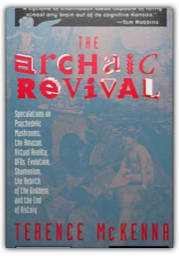

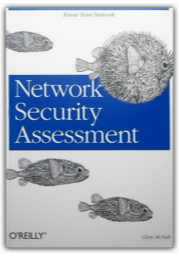
There are hundreds—if not thousands—of techniques used to compromise both Windows and Unix-based systems. Malicious code and new exploit scripts are released on a daily basis, and each evolution becomes more and more sophisticated. Keeping up with the myriad of systems used by hackers in the wild is a formidable task, and scrambling to patch each potential vulnerability or address each new attack one-by-one is a bit like emptying the Atlantic with paper cup. If you're a network administrator, the pressure is on you to defend your systems from attack. But short of devoting your life to becoming a security expert, what can you do to ensure the safety of your mission critical systems? Where do you start? Using the steps laid out by professional security analysts and consultants to identify and assess risks, Network Security Assessmentoffers an efficient testing model that an administrator can adopt, refine, and reuse to create proactive defensive strategies to protect their systems from the threats that are out there, as well as those still being developed. This thorough and insightful guide covers offensive technologies by grouping and analyzing them at a higher level—from both an offensive and defensive standpoint—helping administrators design and deploy networks that are immune to offensive exploits, tools, and scripts. Network administrators who need to develop and implement a security assessment program will find everything they're looking for—a proven, expert-tested methodology on which to base their own comprehensive program—in this time-saving new book. |

My Library
Collection Total:
1165 Items
1165 Items
Last Updated:
Sep 9, 2009
Sep 9, 2009


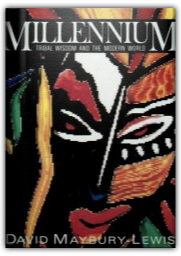

 Made with Delicious Library
Made with Delicious Library